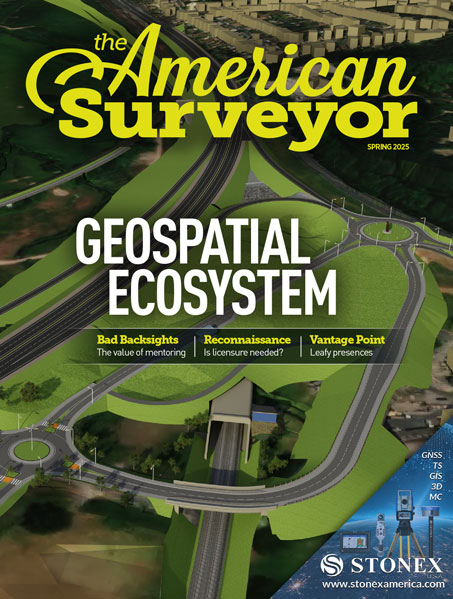The International Marine Contractors Association’s (IMCA) newly published ‘Guidelines on the use of GNSS for tide calculations’ (IMCA S 027) provides an overview of how Global Navigation Satellite Systems (GNSS) can assist in more accurate real-time direct measurement of tidal changes.
As Nick Hough, IMCA’s Technical Adviser – Offshore Survey explained: “As with horizontal positioning, vertical positioning is referenced to specified datums. Unlike land surveying, where vertical measurements (elevations) are made to and from a known, fixed position, vertical measurements offshore (depths) are taken against a moving dynamic surface.
“All absolute depths recorded from survey activities need to be adjusted for tide and reduced to a known constant vertical datum such as Mean Sea Level (MSL) or Lowest Astronomical Tide (LAT). The effect of tides will result in depth differences at different times of the day, and at the same times on different days.
“Advances in GNSS technology enable accurate and consistent calculation of height above a known datum, which means reliance on tide gauges or tide prediction tables is no longer necessary.”
IMCA S 027 includes sections on tide theory; geodetic reference systems and tidal datums; tides from GNSS; quality assurance and quality control; as well as a useful glossary, plus references and a list of further reading which includes the recently revised IMCA S 015 – ‘Guidelines for GNSS positioning in the Oil and Gas industry’ produced with IOGP. IMCA S 027 is available for members to download free of charge at www.imca-int.com/store/digital-publications/survey/.
About IMCA
IMCA represents the vast majority of offshore marine contractors and the associated supply chain in the world, with members from over 60 countries. It publishes an extensive technical library of guidance documents on operational good practice, safety promotional materials, timely information notes and safety flashes. Its members benefit from a technical structure comprising four main divisions covering Offshore Diving, Marine (including an Offshore Renewable Energy Committee), Remote Systems & ROVs, and Offshore Surveying. These are supported by a committee structure focused on: health, safety, security and the environment; competence and training; lifting and rigging; marine policy and regulatory affairs; and contracts and insurance. The association’s global coverage is organised into five geographic regions: Asia-Pacific, Europe & Africa, Middle East & India, North America, and South America.

